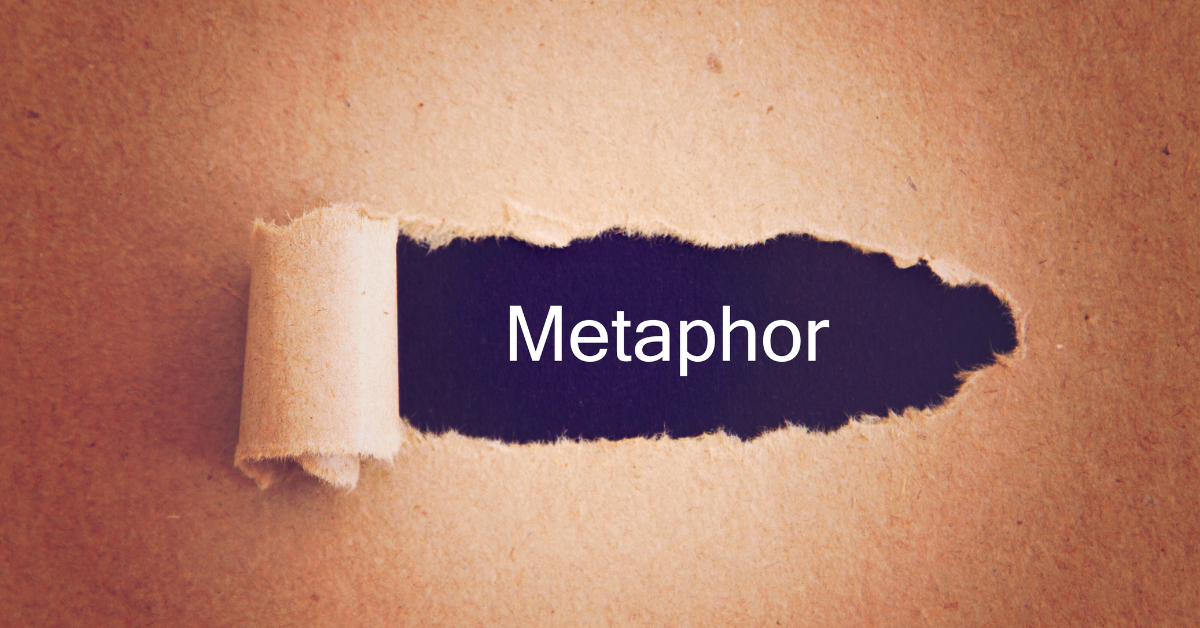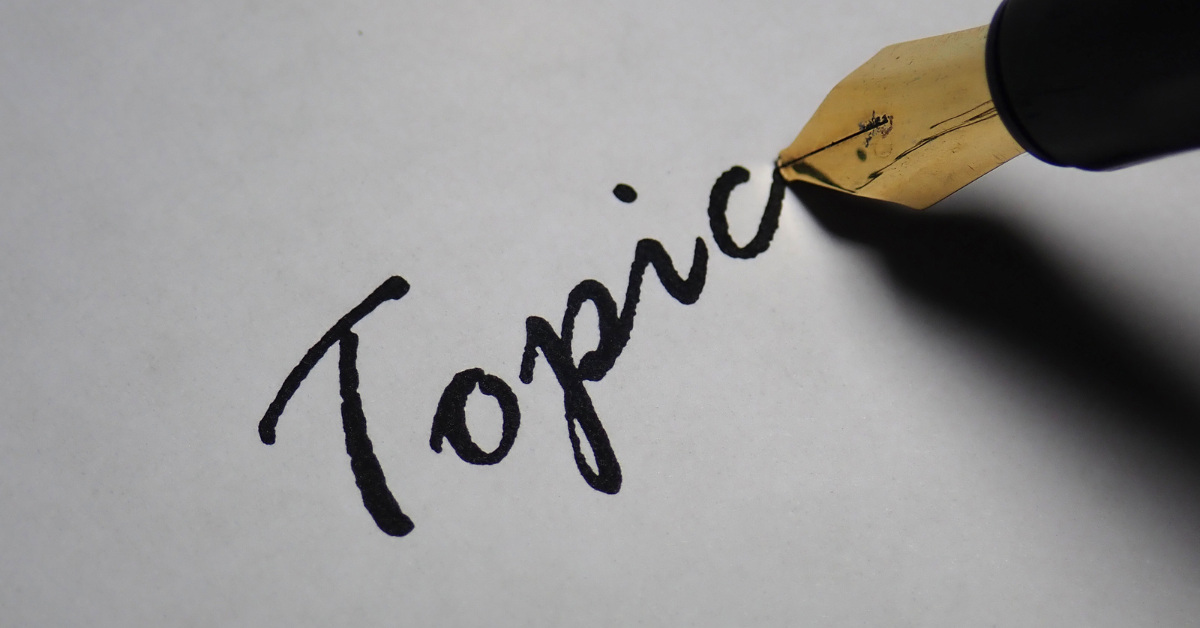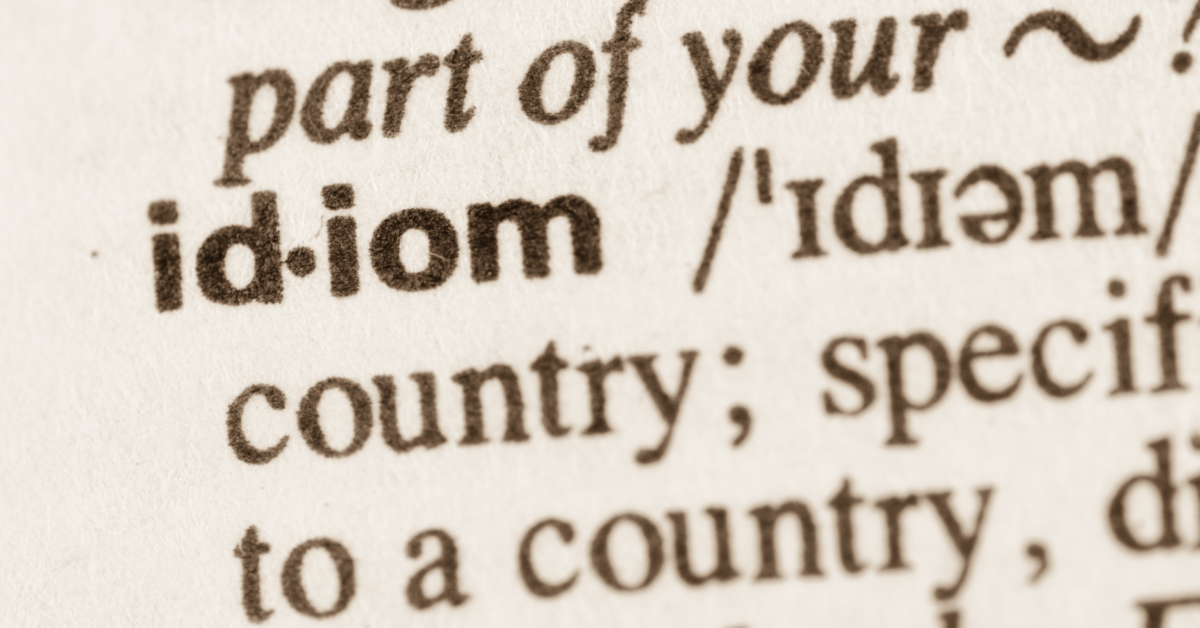In the realm of persuasive writing, the goal is to convince the reader to adopt a particular viewpoint or take a specific action. One powerful tool that writers can use to achieve this goal is the extended metaphor. An extended metaphor, which stretches a single metaphor across multiple sentences or even an entire piece, can provide depth and clarity to complex ideas, making arguments more relatable and impactful. This post will explore the role of extended metaphors in persuasive writing, offer strategies for integrating them effectively, and present examples to showcase their power.
Understanding Extended Metaphors
Before delving into how to use extended metaphors in persuasive writing, it’s essential to understand what they are. A metaphor is a figure of speech that compares two unlike things by stating that one thing is another. An extended metaphor takes this comparison further by sustaining the metaphor throughout a series of sentences or the entire piece.
For example, consider the metaphor “Time is a thief.” An extended metaphor would build on this idea: “Time is a thief that stealthily steals our moments, leaving us with memories like faded photographs in an abandoned album.”
The Power of Extended Metaphors in Persuasive Writing
Extended metaphors can be especially powerful in persuasive writing for several reasons:
- Relatability
- Extended metaphors help to make abstract or complex ideas more concrete and relatable. By comparing an unfamiliar concept to something the reader already understands, the writer can bridge the gap between the known and the unknown.
- Emotional Engagement
- Persuasive writing aims to move the reader emotionally as well as intellectually. Extended metaphors can evoke vivid imagery and emotions, making the reader more likely to connect with and be persuaded by the argument.
- Memorability
- A well-crafted extended metaphor can make an argument more memorable. The human brain is wired to remember stories and vivid images more easily than dry facts and statistics.
- Cohesion and Flow
- By sustaining a metaphor throughout a piece, the writer can create a sense of cohesion and flow. The extended metaphor can serve as a unifying thread that ties different parts of the argument together.
Strategies for Integrating Extended Metaphors into Persuasive Writing
Using extended metaphors effectively requires careful thought and planning. Here are some strategies to help you integrate them into your persuasive writing:
- Choose the Right Metaphor
- The metaphor you choose should be relevant to your argument and resonate with your audience. Consider the interests, values, and experiences of your readers when selecting a metaphor.
- Introduce the Metaphor Early
- Introduce the extended metaphor early in your essay to set the stage for its development. This allows you to build on the metaphor throughout your piece and reinforces its impact.
- Develop the Metaphor Gradually
- Rather than overwhelming the reader with the metaphor all at once, develop it gradually. Start with a simple comparison and then expand on it, adding layers of meaning and detail as you progress.
- Use Vivid Imagery
- The effectiveness of an extended metaphor lies in its ability to create vivid imagery. Use descriptive language and sensory details to paint a clear picture in the reader’s mind.
- Maintain Consistency
- Ensure that the metaphor remains consistent throughout your piece. Avoid mixing metaphors, as this can confuse the reader and weaken your argument.
- Connect the Metaphor to Your Argument
- The extended metaphor should not be a mere decoration; it should be closely tied to your argument. Make explicit connections between the metaphor and the points you are making to reinforce your message.

Examples of Extended Metaphors in Persuasive Writing
To illustrate the power of extended metaphors, let’s look at a few examples:
Example 1: The Metaphor of a Garden
Imagine you are writing a persuasive essay about the importance of education reform. You could use the extended metaphor of a garden to make your argument:
“Education is like a garden that needs careful tending. Our schools are the soil, rich with potential, but in need of proper nourishment. Teachers are the gardeners, planting seeds of knowledge and nurturing young minds. Without adequate resources and support, weeds of inequality and ignorance take root, choking the growth of our children. Just as a neglected garden withers, our education system will falter unless we commit to providing the care and attention it deserves.”
In this example, the metaphor of a garden makes the argument for education reform more relatable and vivid. The reader can easily visualize the garden and understand the parallels to the education system.
Example 2: The Metaphor of a Ship
Consider a persuasive essay on the need for climate action. An extended metaphor comparing our planet to a ship can be compelling:
“Our planet is a ship sailing through the vast expanse of space. We are all passengers on this vessel, dependent on its well-being for our survival. The seas are becoming stormy, with rising temperatures and melting ice caps threatening to capsize us. Just as a ship requires a skilled captain and crew to navigate treacherous waters, we need strong leadership and collective action to steer us away from disaster. If we ignore the warning signs and fail to change course, we risk sinking into an abyss of environmental catastrophe.”
This metaphor helps the reader grasp the urgency of climate action by likening it to the immediate danger of a ship in perilous waters.
Example 3: The Metaphor of a Puzzle
In a persuasive essay advocating for mental health awareness, the extended metaphor of a puzzle can be effective:
“Mental health is like a puzzle, with each piece representing a different aspect of our well-being. When all the pieces fit together, we experience harmony and balance. However, life’s challenges can scatter the pieces, leaving gaps that affect our overall picture. Therapy and support are the missing pieces that help individuals complete their puzzles. Without understanding and resources, many are left struggling with incomplete puzzles, unable to see the full picture of their potential. By prioritizing mental health, we can help everyone find the pieces they need to feel whole.”
The puzzle metaphor provides a clear and relatable way to understand the complexities of mental health and the importance of support.
Extended metaphors are a powerful tool in persuasive writing, offering a way to make arguments more relatable, emotionally engaging, and memorable. By choosing the right metaphor, introducing it early, developing it gradually, using vivid imagery, maintaining consistency, and connecting it to your argument, you can enhance the effectiveness of your persuasive essays.
At Essay 24, we understand the value of advanced writing techniques like extended metaphors. Our team of professional writers is skilled in crafting compelling, original content that meets the highest academic standards. Whether you need guidance on your writing assignments or fully written essays tailored to your needs, Essay 24 is your go-to resource for academic success. Trust us to help you harness the power of extended metaphors and other rhetorical devices to make your writing stand out.
Explore our services at Essay 24 and take your persuasive writing to the next level.


















